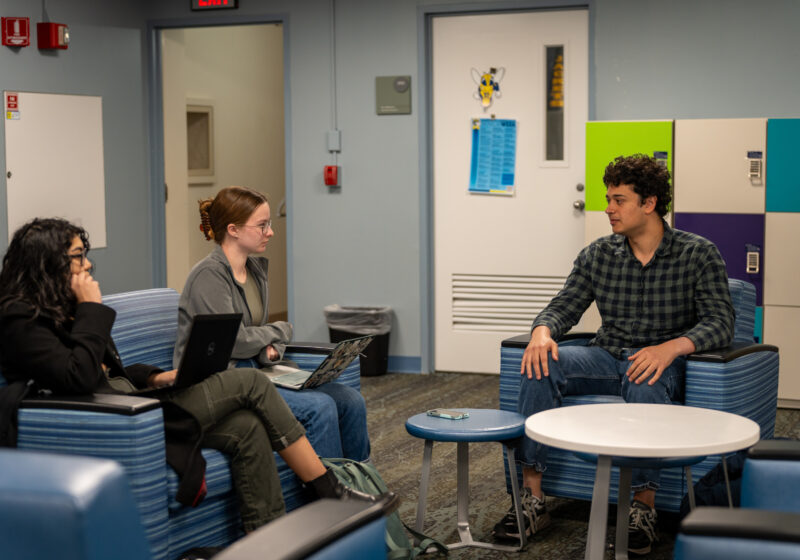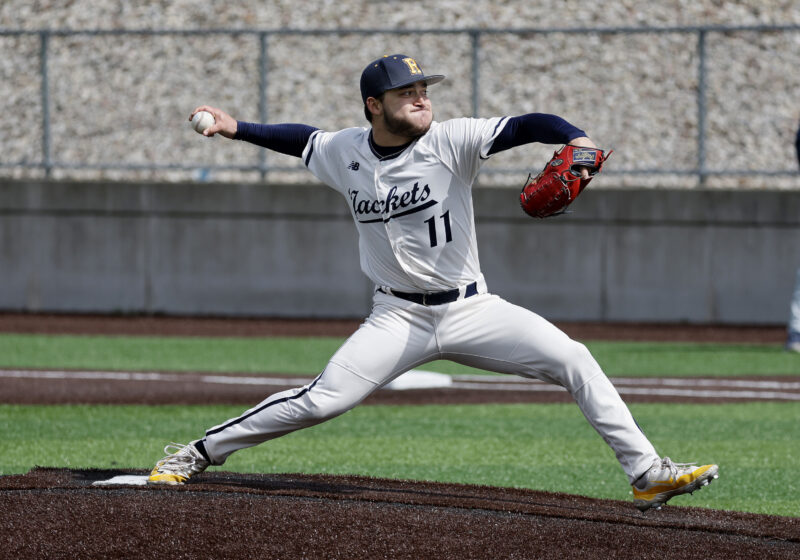UR’s Laboratory for Laser Energetics will host the High School Summer Research Program for its fifteenth consecutive year. The purpose of the program is to provide a way for high school students in the area to have real-world experience with science and technology research.
“The goal of the program is to provide a unique educational experience for a group of highly talented local high school students, especially experience with scientific research,” professor, senior scientist at LLE and director of HSSRP Stephen Craxton said.
To this end, students work as lab assistants for UR scientists on various projects involving the lab’s Omega laser, the most powerful fusion laser in the world.
The high school juniors in the program spend eight weeks, from July 8 to Aug. 30, working and studying with each other and UR scientists, both in research groups and under individually assigned advisors. As director, Craxton’s job is to select applicants, from receiving applications to interviewing them, and to find projects for the students. Craxton also acts as an advisor to students.
This coming summer is Craxton’s sixth year running the program and his twentieth working in the LLE. “To coordinate the program successfully [the director] needs a broad understanding of all the different work going on around here,” he said. Craxton has been studying lasers and their properties for more than 20 years. As early as 1980, he demonstrated a new type of design for experimental lasers which is now used in all major laser-fusion facilities.
Students help out in the lab, attend seminars on science and technology and are paid for their assistance in the lab. Phoebe Rounds, now a high school senior, participated in the program last summer. “I had a great experience,” she said. “I really enjoyed it.”
The project Rounds worked on was a study of frequencies of conversion crystals of the Omega laser. Her work proved very useful in the end, as it earned her a position as finalist in the Intel Science Talent Search, America’s oldest nationwide science contest at the pre-college level. “[The contest] was really neat,” Rounds said. “I went to Washington last week to compete.”
Students in the HSSRP have often been recognized for their accomplishments, but last summer’s class was unusually gifted. Of the 12 students participating, Rounds was selected to be one of just 40 finalists in the Intel competition, and two other students, Sid Ghosh and Joy Yuan, were semifinalists. Ghosh’s project, which he worked on with Dr. Paul Jaanimagi, was an attempt to improve X-ray cameras. “I enjoyed it very much,” Ghosh said. “It was really a great opportunity.”
The HSSRP has been running continuously for 15 years. The program was created in 1989 to contribute to the education of local students. For the first nine years its director was professor David Meyerhofer, who left in 1997 to devote attention to other duties.
The results of the program have surpassed his expectations. “The first summer I was concerned that students would be a drain on resources, but we found they were very bright,” Meyerhofer said.
“Our research makes progress because the students are there.”Although the program is in its fifteenth year, the equipment it works with is newer.
The current version of the Omega laser only dates back to 1995. With 60 separate beams, it is the most powerful laser of its kind in the world.
Levesque can be reached at clevesque@campustimes.org.

